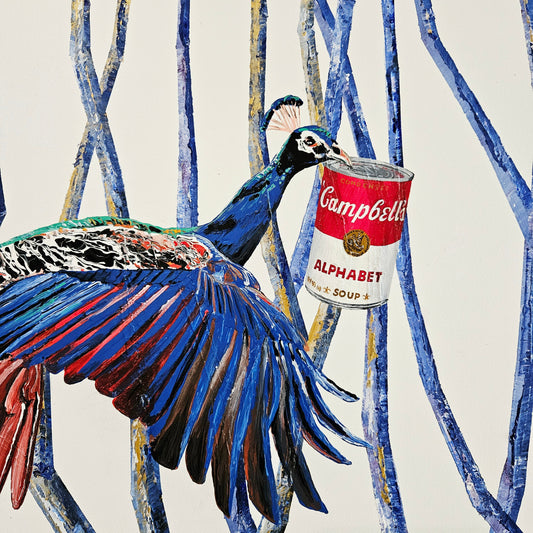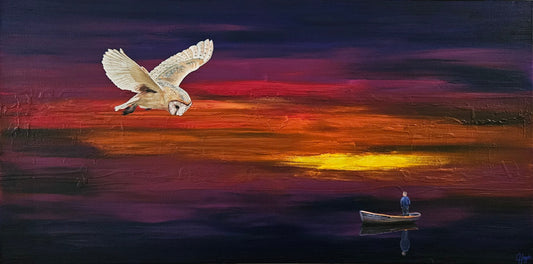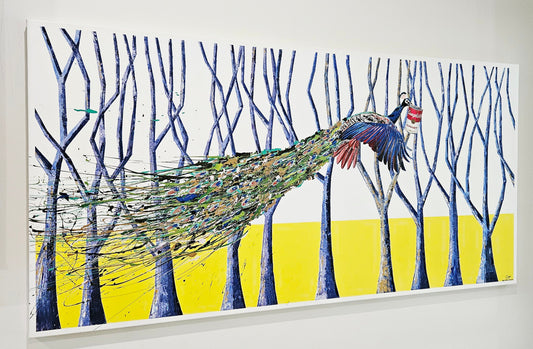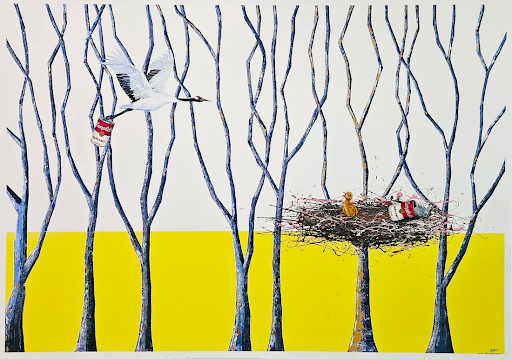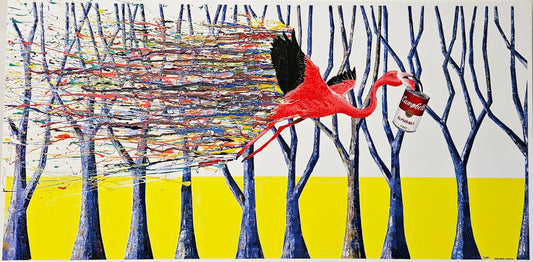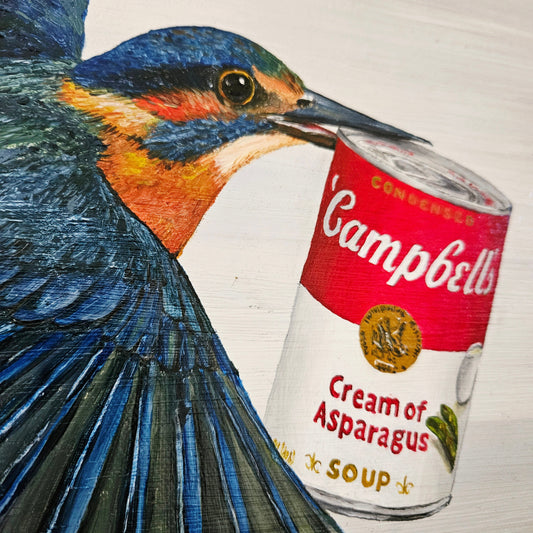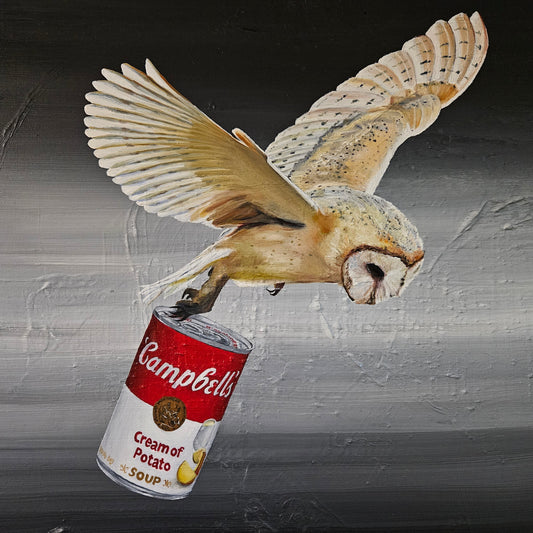Masters of Their Time: A Journey Through the Great Artists of the Centuries
Masters of Their Time: A Journey Through the Great Artists of the Centuries

Explore the lives and legacies of the greatest artists through history, from Leonardo da Vinci and Michelangelo to Picasso and Frida Kahlo. Learn how their innovative art shaped the course of history and inspired generations.
Art has been a cornerstone of human civilisation, evolving alongside the growth of culture, philosophy, and technological advancements. From cave paintings to the Renaissance and the modern era, artists have used their creativity to depict the world, challenge perceptions, and push boundaries.
This blog explores the most influential artists across the centuries, each of whom has left an indelible mark on art history.
- Leonardo da Vinci (1452–1519)
The Quintessential Renaissance Man

Leonardo da Vinci is often regarded as the ultimate Renaissance polymath, a figure whose genius spanned painting, science, anatomy, and engineering. His artistic prowess, meticulous observation, and keen understanding of human anatomy allowed him to create some of art history's most iconic and technically profound works.
Key Works:
- Mona Lisa,
- The Last Supper
- Vitruvian Man
High Renaissance, known for subtle gradations of tone and masterful chiaroscuro
Influence: Leonardo’s detailed study of human anatomy, nature, and movement profoundly influenced generations of artists. His ability to blend scientific inquiry with artistic expression remains unparalleled.
Da Vinci’s Legacy
Leonardo's work extends far beyond painting. His notebooks reveal an inquisitive mind constantly at work, sketching designs for flying machines and studying the mechanics of muscles and bones. He set a standard for intellectual curiosity and mastery of craft that many artists have striven to emulate ever since.
- Michelangelo (1475–1564)
Sculptor, Painter, Architect, and Poet
Michelangelo Buonarroti is another towering figure of the Renaissance, often called the greatest sculptor ever. His influence extended into painting and architecture, with works that demonstrated his mastery of human anatomy and his relentless pursuit of artistic perfection.

- David
- The Sistine Chapel Ceiling
- The Pietà
- The Last Judgment
Style: High Renaissance, Mannerism; known for muscular forms and intense emotional expressions
Influence: Michelangelo’s portrayal of the human figure, particularly in his sculptures, redefined realism and beauty in art. His legacy is visible in everything from Baroque sculpture to modern monumental public works.
Michelangelo’s Legacy
His monumental sculptures, such as David, are celebrated for their anatomical precision and expressive power. His frescoes on the Sistine Chapel ceiling—depicting the Creation of Adam and other biblical narratives—are considered a pinnacle of Western art. Michelangelo’s work redefined the scope of artistic ambition, blending spiritual depth with a physicality that resonates on a universal level.
- Rembrandt van Rijn (1606–1669)
The Master of Light and Shadow
Rembrandt, the Dutch Golden Age painter, is celebrated for his mastery of light, shadow, and texture. He created deeply personal, atmospheric works that have captivated viewers for centuries. His portraits, self-portraits, and historical scenes display technical brilliance and a deep exploration of human emotion and psychology.

Key Works:
- The Night Watch
- Self-Portraits
- The Jewish Bride
Style: Baroque, noted for chiaroscuro (the treatment of light and shadow)
Influence: Rembrandt’s introspective use of lighting and shadow, coupled with his psychological realism, influenced countless portrait painters and filmmakers, particularly in their use of light to convey emotion.
Rembrandt’s Legacy
Known for his countless self-portraits, Rembrandt revealed a lifelong journey of self-reflection and vulnerability. His contributions to the Baroque era go beyond portraiture; his biblical and historical works imbue everyday scenes with a spiritual weight, connecting the divine with the human condition.
- Claude Monet (1840–1926)
The Father of Impressionism
Claude Monet is often regarded as the leader of the Impressionist movement, which sought to capture fleeting moments of light and colour in the natural world. Monet's loose brushwork and focus on light’s changing effects challenged traditional techniques, emphasising mood and atmosphere over exacting detail.

Key Works:
- Impression
- Sunrise
- Water Lilies
- Rouen Cathedral Series
Style: Impressionism, known for loose brushwork and an emphasis on natural light
Influence: Monet’s focus on atmosphere, light, and colour over form laid the groundwork for modern art movements such as Abstract Expressionism.
Monet’s Legacy
Monet’s paintings, such as Water Lilies and Haystacks, explore how light and weather transform a scene. His work prompted artists to think about colour and light in radically new ways, helping to break down the boundaries between realistic representation and abstraction.
- Vincent van Gogh (1853–1890)
The Tragic Genius
Vincent van Gogh, though largely unrecognised during his lifetime, became one of the most influential artists of the 19th century. His use of colour and bold, expressive brushstrokes made his work emotionally charged and highly personal. Van Gogh’s paintings, which often reflected his psychological struggles, have become some of modern art's most celebrated and reproduced works.

Key Works:
- Starry Night,
- Sunflowers,
- The Bedroom
Style: Post-Impressionism, characterised by bold colours and expressive lines
Influence: Van Gogh’s emotionally charged use of colour and form has inspired many Expressionists and modern artists. His influence can be seen in the works of Fauvist painters and Abstract Expressionists.
Van Gogh’s Legacy
Though he only sold one painting in his lifetime, Van Gogh’s work now commands some of the highest prices in art history. His bold use of colour, emotional depth, and expressive technique paved the way for modern art, influencing artists like Jackson Pollock, Francis Bacon, and countless others who sought to express the inner world as much as the outer one.
- Pablo Picasso (1881–1973)
The Innovator of Modern Art
Pablo Picasso is often considered the most revolutionary artist of the 20th century. He constantly reinvented his style, moving from realism to abstraction and cubism and challenging the boundaries of art throughout his career. His ability to absorb and synthesise influences into new forms of artistic expression set him apart from his contemporaries.

Key Works:
- Guernica,
- Les Demoiselles d'Avignon,
- The Weeping Woman
Style: Cubism, Surrealism, Realism; known for fragmented forms and distorted figures
Influence: Picasso’s invention of Cubism and his radical approaches to form space and perspective opened the door to countless modern art movements, including Surrealism, Futurism, and Abstract Expressionism.
Picasso’s Legacy
Picasso’s evolution as an artist mirrored the sweeping changes in modern art over the 20th century. His innovations in Cubism challenged traditional notions of perspective, while works like Guernica tackled the horrors of war, embedding his art with political and social relevance. Picasso’s restless creativity influenced artists across genres and media, from painting to sculpture to theatre design.
- Jackson Pollock (1912–1956)
The Abstract Expressionist
Jackson Pollock is one of the most famous figures of Abstract Expressionism, a movement that emphasised spontaneity and raw emotional power. Known for his "drip" paintings, Pollock used unconventional techniques to create works that were less about representation and more about movement, texture, and emotional energy.

Key Works:
- No. 5, 1948,
- Autumn Rhythm,
- Convergence
Style: Abstract Expressionism, noted for his technique of drip painting
Influence: Pollock’s unorthodox methods and focus on action helped define Abstract Expressionism and paved the way for more experimental approaches to art in the mid-20th century.
Pollock’s Legacy
Pollock’s work departed from traditional figurative painting and paved the way for contemporary art movements like Minimalism and Conceptualism. His emphasis on the physical act of painting made him a key figure in the movement known as Action Painting, and his works remain symbolic of the freedom and dynamism of post-war American art.
- Frida Kahlo (1907–1954)
The Icon of Personal Expression
Frida Kahlo is known for her surreal and symbolic self-portraits that explore themes of identity, pain, and the female experience. Her art, often influenced by Mexican folk culture, draws on personal suffering and life experiences, including her lifelong battle with chronic pain following a tragic accident. Kahlo’s work blends the individual with the political, making her one of the most important feminist artists of the 20th century.

Key Works:
- The Two Fridas,
- Self-Portrait with Thorn Necklace and Hummingbird,
- The Broken Column
Style: Surrealism, Symbolism; characterised by deeply personal and often painful subject matter
Influence: Kahlo’s exploration of personal identity, gender, and disability in art has resonated with countless artists, particularly within feminist and LGBTQ+ movements.
Kahlo’s Legacy
Frida Kahlo’s works have become symbols of resilience and self-expression. Her unapologetic portrayal of pain, identity, and womanhood challenged societal norms and opened new possibilities for personal and political art. Her legacy continues to inspire visual artists, writers, performers, and cultural critics. Her ability to blend personal suffering with surreal, symbolic imagery made her an icon of individual expression, particularly in exploring the intersection of gender, race, and disability. Today, she continues to inspire a diverse array of artists, especially those within feminist, LGBTQ+, and Latinx communities.
From da Vinci’s masterful precision to Pollock’s chaotic abstraction, these great artists have left an indelible mark on history, influencing both their contemporaries and future generations. Each has introduced new ways of seeing, thinking, and creating, forging paths that continue to inspire modern artists worldwide.
Throughout history, the most significant artists have shaped the artistic world and our perception of beauty, emotion, and the human experience. From da Vinci and Michelangelo’s timeless works to the emotionally charged canvases of van Gogh and Kahlo, these artists broke boundaries and redefined the nature of artistic expression. Each of their legacies continues to inspire contemporary art today.

One such contemporary artist is Haydn Englander-Porter, whose work can be explored on his website: Englander Porter Collections.

